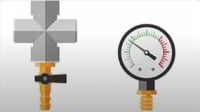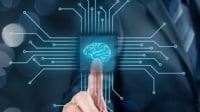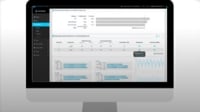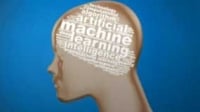What is a Sensor, Anyway
Software is becoming the new sensor. This shift in thinking opens the door to incorporating more complex, AI-based algorithms, rather than just simple condition thresholds.
Software is becoming the new sensor. This shift in thinking opens the door to incorporating more complex, AI-based algorithms, rather than just simple condition thresholds.
In this blog we demonstrate Edge AI solutions for the kinds of real engineering problems that our customers use Reality AI software for every day, running on real hardware they might actually deploy.
While building machine learning models on sensor and signal data, many customers hit a point where they're not getting the desired result. Here's a process we go through to find the best path forward.
To get your machine learning model to the point where it’s ready for field testing, you’ll want to collect several thousand observations that cover a broad a range of the variation expected.
As sensor and MCU costs decreased, an ever-increasing number of organizations have attempted to exploit this by adding sensor-driven embedded AI to their products.
The more sophisticated machine learning tools that are optimized for signal problems and embedded deployment can cut months, or even years, from an R&D cycle.
A project is something created by an individual/small team in a lab and works in a limited range of conditions; a product works everywhere and in all kinds of unpredictable conditions.
Reality AI Tools 4.0 allows customers to use artificial intelligence to reduce the cost of developing, procuring and manufacturing smart devices.
Machine learning projects can be successful through understanding ground truth, curating the data and not overtraining a machine learning model.
With the right features, almost any machine learning algorithm will find what you're looking for. Without good features, none will.









